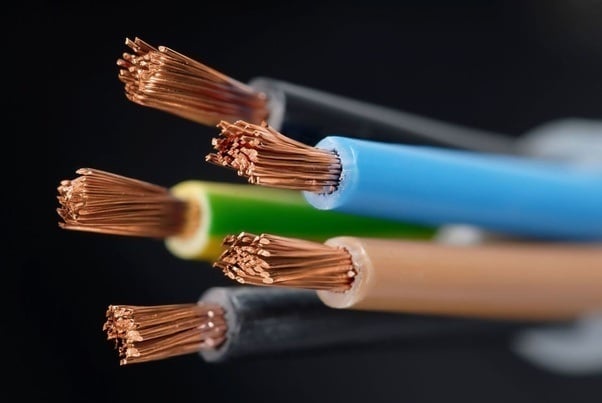Electricity, an essential and omnipresent force in our modern lives, has become so integral that we often take its intricate details for granted. When it comes to the safety and reliability of electrical systems, grounding and bonding play pivotal roles. Although these terms are sometimes used interchangeably, they represent distinct concepts in the world of electrical engineering. In this exploration, we will delve into the nuances of grounding and bonding, unraveling their significance and dispelling common misconceptions.
Understanding Grounding:
Grounding, in the realm of electrical systems, involves connecting electrical circuits to the Earth or a large conducting body, typically through a grounding electrode system. The primary purpose of grounding is to provide a safe pathway for electrical current to flow into the Earth in the event of a fault. This serves two critical functions: protecting individuals and preventing damage to equipment.
Protection of Individuals: Grounding ensures that in the event of a fault, such as a short circuit or equipment malfunction, excess electrical current is directed harmlessly into the ground. This prevents the buildup of dangerous voltages in the system and reduces the risk of electrical shock to people.
Equipment Safety: Grounding also safeguards electrical equipment by providing a low-resistance path for fault currents to dissipate. This helps prevent damage to appliances and devices and reduces the risk of fire caused by overheating.
Diving into Bonding:
While grounding focuses on creating a safe path for fault currents, bonding is concerned with creating low-impedance connections between various conductive elements of an electrical system. The objective of bonding is to eliminate potential differences in voltage between conductive surfaces, ensuring they remain at the same electrical potential.
Equipotential Bonding: Bonding is crucial in maintaining equipotential surfaces, meaning that all conductive surfaces are at the same voltage potential. This is especially important in areas where individuals may come into contact with different conductive materials, such as in swimming pools or bathrooms, to prevent electric shock hazards.
Connection of Metal Parts: Bonding also involves connecting metal parts of electrical equipment and systems together to create a continuous electrical path. This helps prevent sparking and the creation of potential differences that could lead to electrical arcing and fires.
Key Differences:
Now that we have a clearer understanding of grounding and bonding, let's highlight some key differences:
Purpose:
Grounding: Primarily focused on providing a safe path for fault currents to the Earth, protecting individuals and equipment.
Bonding: Aims to ensure all conductive surfaces are at the same electrical potential, preventing potential differences that could lead to electric shock or fires.
Function:
Grounding: Creates a pathway for fault currents to safely dissipate into the ground.
Bonding: Establishes low-impedance connections between conductive elements to maintain equipotential surfaces.
Scope:
Grounding: Involves connecting electrical systems to the Earth or a large conducting body.
Bonding: Encompasses the connection of various conductive elements within an electrical system.
Addressing Common Misconceptions:
Despite their distinct roles, grounding and bonding are often confused. One common misconception is that grounding and bonding are synonymous. While both are critical for electrical safety, understanding their unique functions is essential for effective electrical system design and maintenance.
Another misconception is that grounding is only necessary for external power sources. In reality, grounding is crucial for all electrical systems, including those powered by batteries. Grounding provides a reference point for voltage measurements and ensures the safe dissipation of fault currents.
Conclusion:
In the intricate web of electrical systems that power our homes, workplaces, and industries, grounding and bonding stand as silent guardians, ensuring safety and reliability. Grounding forms the bedrock of electrical safety, protecting lives and equipment in the face of unforeseen faults. Bonding, on the other hand, weaves connections between conductive elements, maintaining a harmonious electrical equilibrium.
As we navigate the complex landscape of electrical engineering, let us appreciate the nuances of grounding and bonding. By clarifying these concepts, we empower ourselves to design, install, and maintain electrical systems that not only power our modern world but do so with a commitment to safety, reliability, and understanding.
Illuminating Spaces: Choosing the Right Lighting Products for Commercial Buildings
Enhancing Efficiency with Smart Electrical Wiring Products


No comments yet